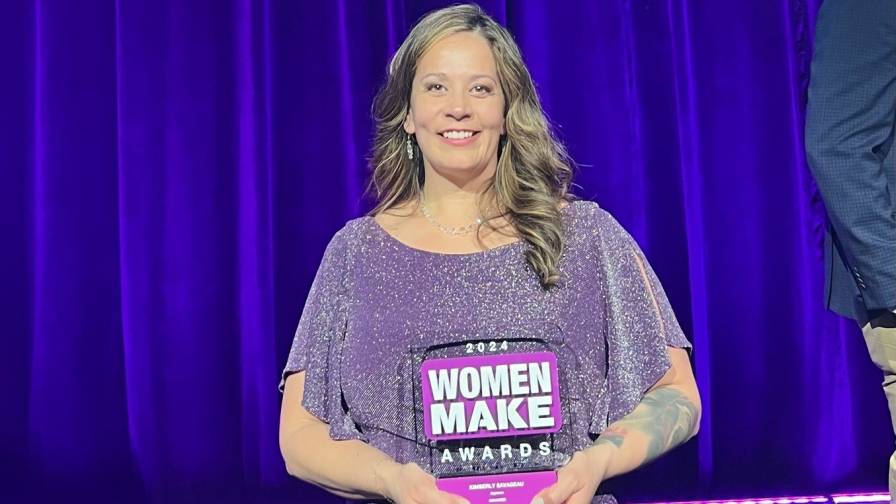Outlook 2010: Seed
Amid the turbulent storm of lower sales, uncertain service, and general market pessimism that dominated 2009, the seed sector was like a bright sunny day. According to statistics compiled in our annual CropLife 100 report, CropLife found that seed sales were the one crop input/service segment to experience any kind of positive sales growth last year. For 2009, CropLife 100 retailers had $2.6 billion in sales, up an impressive 18% from the 2008 totals. Market share for seed now stands at 13% of all input/service sales for retailers, up 4% from the start of the 2000s.
Given these facts, a market observer might expect the seed sector to be the favored son among ag retailers. But this is not universally the case. Indeed, many retailers are beginning to question just how deeply committed their operations should be to seed.
If pushed, most retailers remain bullish on the future prospect for seed sales as an important part of their business models with grower-customers. “We believe we can lead with seed,” says Tim McArdle, vice president and general manager for Brandt Consolidated, Springfield, IL. “Companies are going to bring new traits in the next few years that are more output traits, so it’s hard to even sell a farmer crop protection or fertilizer unless you know what seed variety he’s going to plant and what potential it has.”
Direct Competition
Yet, others aren’t so certain that leading with seed makes sense. Or cents. A big issue is the fact that many seed suppliers by-pass the retail channel completely and sell their products directly to growers. “Sales by seed companies directly to growers is a big limitation to profitability,” says Tom Fullenkamp, CEO for Golden Furrow Fertilizer Inc., Eldon, IA. “We are excluded from being able to sell both DeKalb and Pioneer products.”
Just as troubling as being excluded from the mix, many retailers say seed salespersons also present a market challenge. In particular, says David Hintzsche, president for Hintzsche Fertilizer Inc., Maple Park, IL, many seed salespersons in his territory make it a practice to “give away” seed to maintain their market shares. “Our biggest problem to seed profitability is seed dealers who do not try to make money selling seed,” says Hintzsche.
Then there’s the whole question of the costs of selling seed. According to many retailers, the increased costs associated with technology advances and new traits in the seed sector are difficult to pass onto grower-customers. “Seed companies are overpricing their products,” says Brian Hefty, manager for Hefty Seed Co., Baltic, SD. “This forces retailers to take little margin if they want to get a price to the grower that he is willing to pay.”
Scott Hier, vice president of agronomy for South Dakota Wheat Growers, Aberdeen, SD, agrees. “There has never been the margin in seed,” says Hier. “There are too many brand dealers in our area.”
This is made all the more difficult by the costs associated with handling seed, say some retailers. At the recent State of the Industry roundtable discussion held by CropLife at the Agricultural Retailers Association meeting, one retailer said his company typically spends approximately 70% of its annual budget on selling seed. However, the segment represents less than 15% of total revenues.
“There is a tremendous demand for salesmen time to train and sell seed vs. other crop inputs,” says Dave Coppess, executive vice president, marketing and sales for Heartland Co-op, West Des Moines, IA.
Pulling Back
Because of all of these factors, some retailers are re-evaluating seed in their company portfolios. Some are “splitting off” seed from the rest of their business, trying to better determine how to make the segment profitable on its own. Others are either pruning choices or dropping seed from their operations completely.
“We are in the process of ridding the sales line-up of the least profitable lines,” says Keith Jorgensen, president for Delta Growers Association, Charleston, MO.
Despite all this, the outlook for seed sales in 2010 remains positive. According to USDA, biotech crops now represent more than 80% of all soybeans, corn, and cotton planted in the U.S. This is expected to keep growing in 2010, which should increase seed sales for retailers another 5% if past year performances can be used as a gauge. Furthermore, seed companies will continue pushing to expand their businesses, says Golden Furrow’s Fullenkamp.
“The major seed companies will pull the strings more and more and tie fertilizer, seed, and chemical together and get bigger and bigger,” he says.






